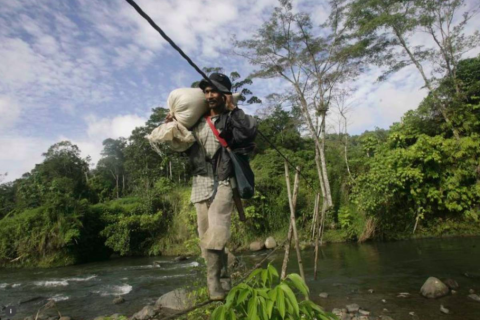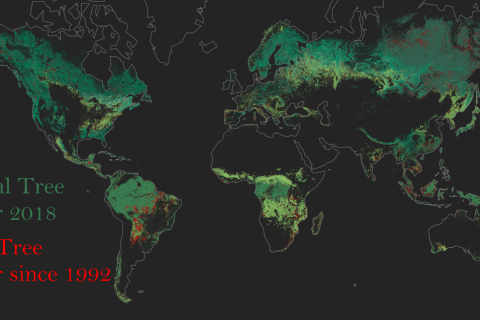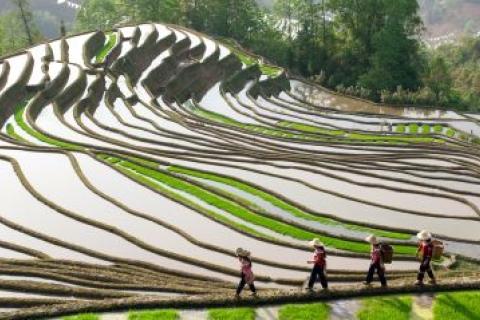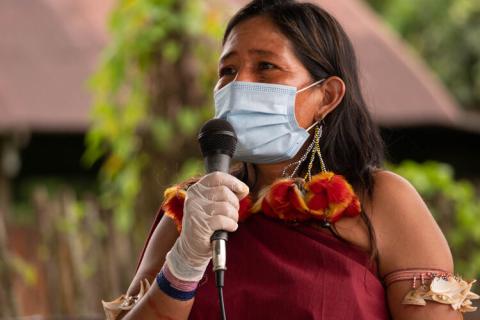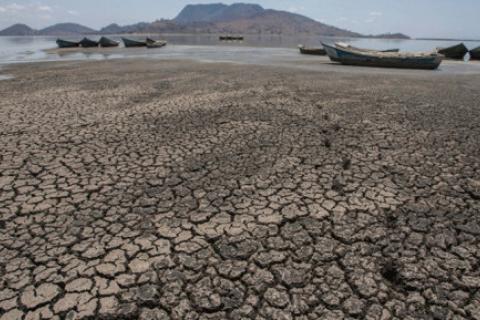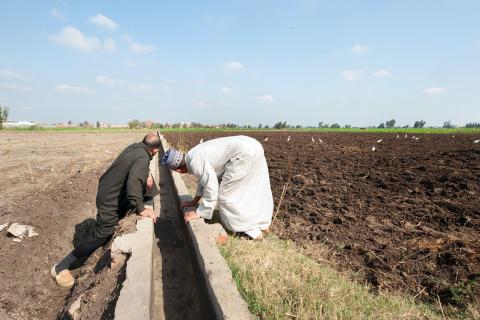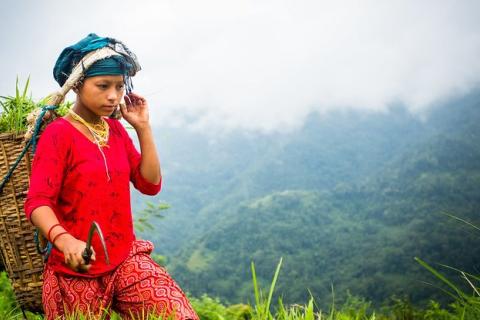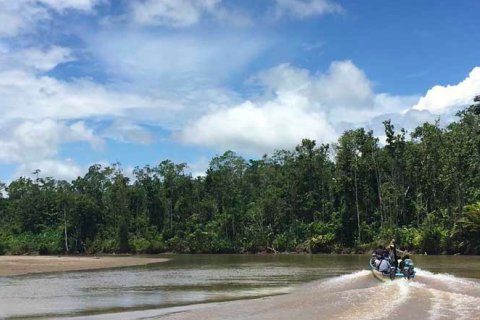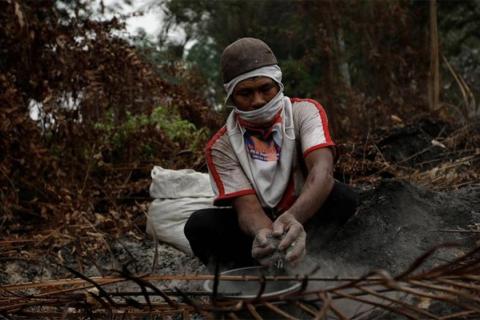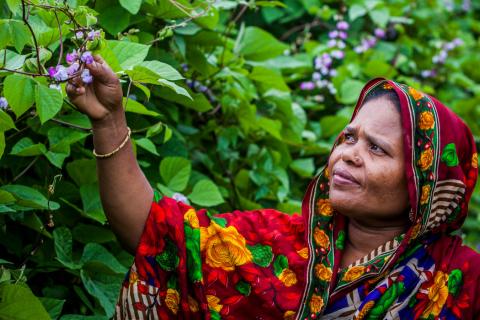Earth Day 2021 – Restore Our Earth
Every year on April 22nd over a billion people across the world come together to observe Earth Day. First established in 1970, Earth Day was created to drive action in combatting the ongoing global environmental and climate crisis. The theme of the 2021 event is Restore Our Earth. The 2021 Earth Day campaign covers various concepts for how we can restore our earth, but sometimes these can be difficult to visualise.
Earth Day 2021: Restoring agriculture to transform food systems
COVID-19 may have forced the 50th anniversary of Earth Day to be commemorated online last year, yet millions of people participated in calls to action. As we begin to look beyond the pandemic, however, it's vital to remember that we cannot go back to business-as-usual as far as our planet is concerned.
Earth Day 2021: Celebrating and recognizing the leadership and climate action of Indigenous peoples and local communities
Today, on Earth Day I want to celebrate the efforts made by Indigenous peoples around the world to continue protecting our planet. Of the many significant experiences at the local level, I want to highlight an initiative developed in the Peruvian Amazon with the MDE Saweto Peru project.
Indigenous people receive little climate funding
Despite its proven efficiency in protecting rainforests, Indigenous Peoples and local communities only receive a small share of funding for climate and biodiversity protection.
RVO and FAO Round Table on Land Consolidation in the Arab World: Experiences from Egypt, Morocco, Sudan and Tunisia
What are the state-of-the-art and new approaches to land consolidation as part of integrated rural development strategies in North Africa and Near East? That was the main question around which several experts from Egypt, Morocco, Sudan, Tunisia, and Turkey joined the FAO/ RVO roundtable discussion on land consolidation during the Second Arab Land Conference last February; a session which 110 participants attended – both in person and online.
The Payoffs of Open Climate Data
In the aftermath of the 6.5 magnitude earthquake in Aceh, Indonesia, in 2016, disaster managers were able to able to identify which communities were at greatest risk due to rapid access to data. They used the open source InaSAFE platform to access real-time hazard data and modeled population data mapped down to the village level. This was made possible by the collaborative use of “open” data — data that is free to use, open license, and in machine readable formats — between scientists, local and national governments and communities.
New guide aims to accelerate forest tenure pathways to gender equality
Forest tenure reform in the global south has often failed to be gender-responsive, but there is increasing interest in taking up this challenge to activate effective change.
Now, a new guide created by scientists with the Center for International Forestry Research (CIFOR) aims to make the process more accessible, recommending a three-step process, billed as “analyze, strategize, and realize,” to support interventions in local and national contexts.
Five mega-trends affecting forests will have profound impacts on local communities
We need to understand the consequences of technology, migration, climate shifts, infrastructure and a growing middle class on forest-dependent people
The fifth anniversary of the signing of the Paris Agreement offers a moment to reflect on progress towards global climate goals. When it comes to protecting the world’s forests, which are essential to global and national efforts to combat climate change and biodiversity loss, there has been little – if any – progress.
Three reasons to invest in land tenure security
For rural people, especially low-income rural people, land and livelihood are one and the same. Access to land means the opportunity to earn a decent income and achieve food and nutrition security, and it can also pave the way for access to social benefits such as health care and education. A lack of secure land access, on the other hand, can disempower rural people and expose them to the combined threats of poverty, hunger and conflict.

